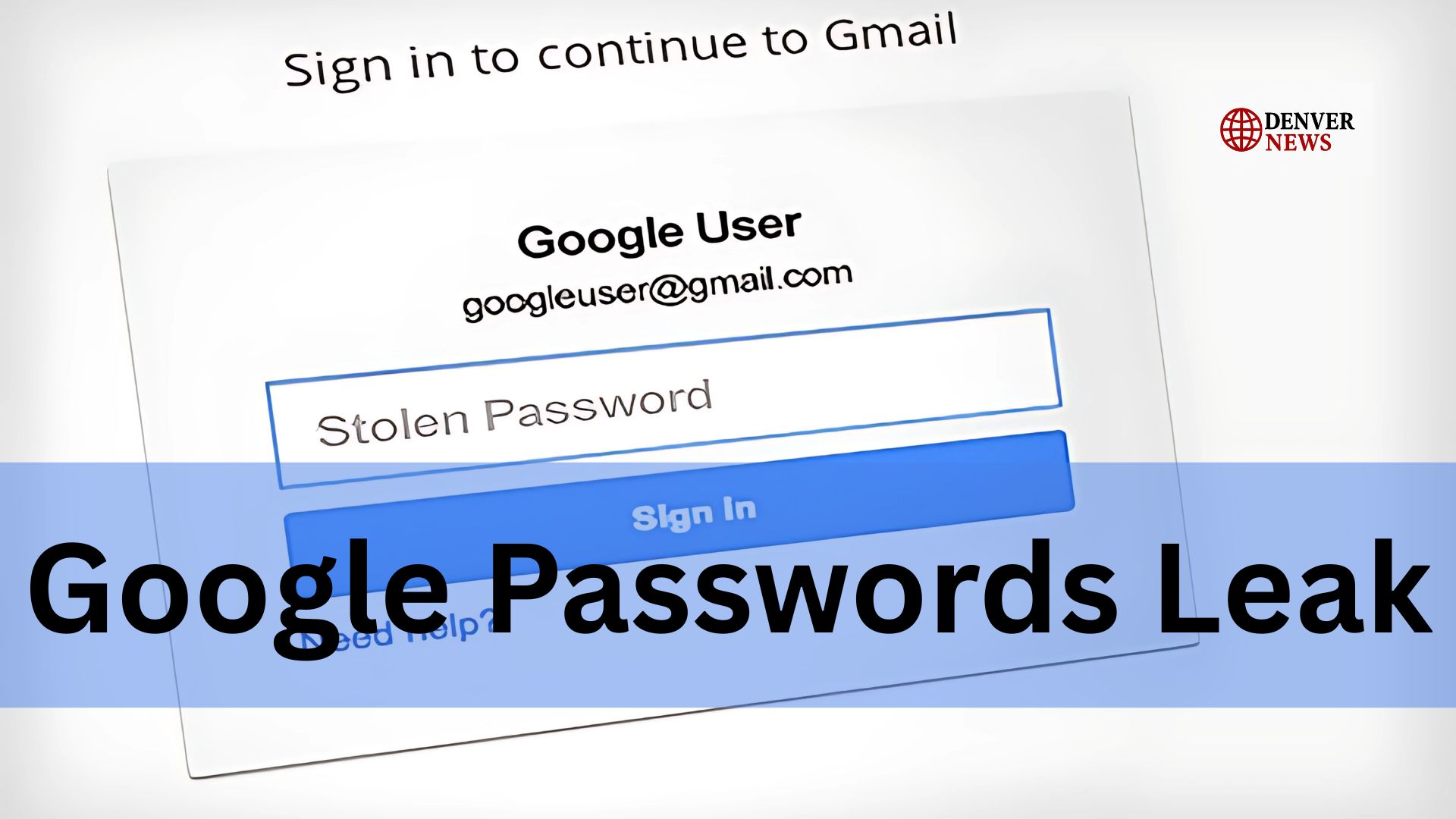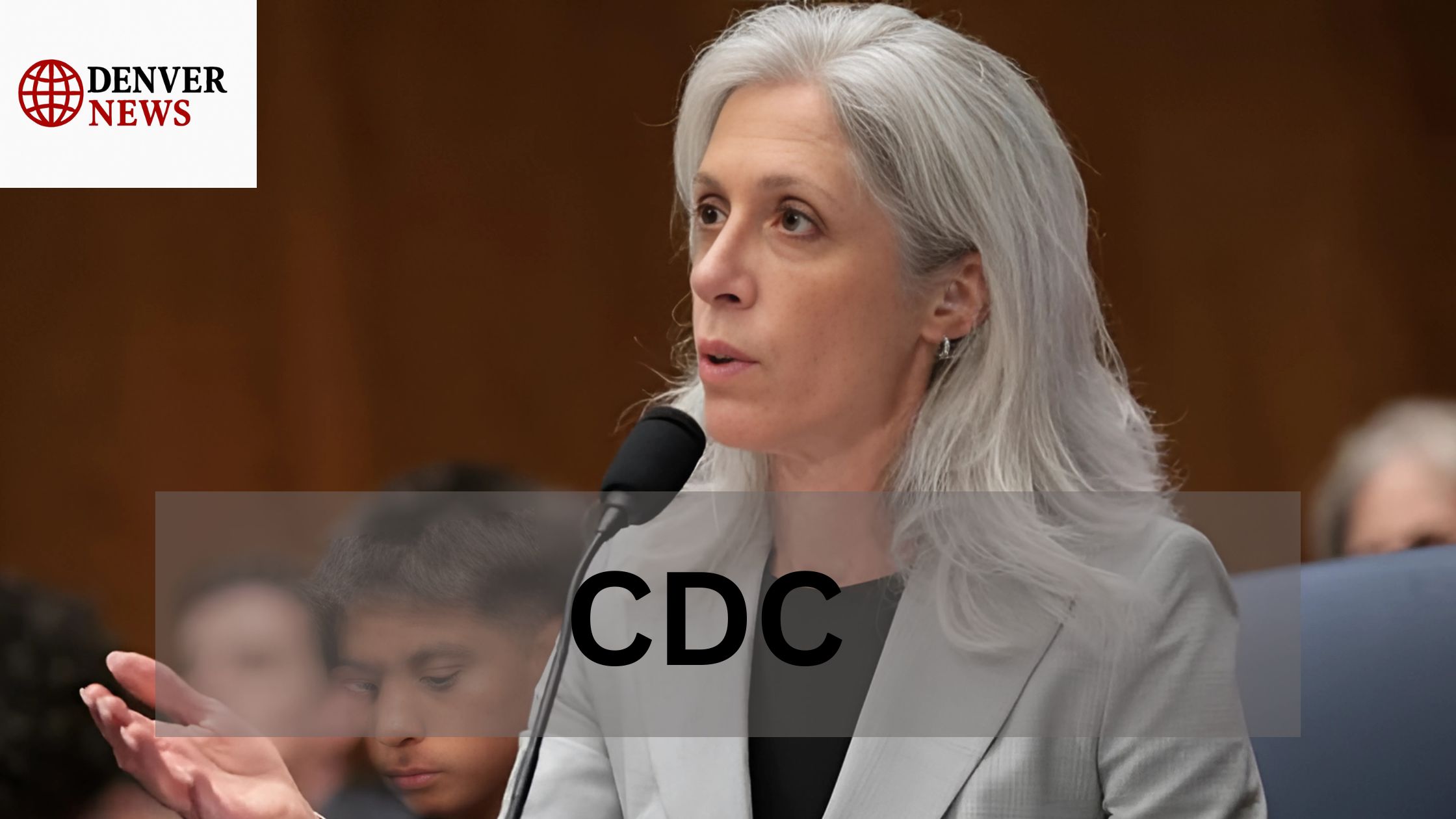In a shocking cybersecurity development, millions of Google passwords have reportedly been exposed in a major data breach, raising serious privacy concerns for users worldwide. As we increasingly rely on Google services—from Gmail and Google Drive to YouTube and Android—this breach could potentially impact every aspect of digital life.
Here’s everything you need to know about the Google passwords leak, how it happened, who’s affected, and what you can do to protect your accounts.
🕵️♂️ What Happened?
According to cybersecurity analysts, a large batch of login credentials tied to Google accounts surfaced on the dark web earlier this week. While Google has not officially confirmed a breach on their end, third-party password databases suggest the leak might be connected to phishing attacks, third-party app hacks, or even browser extensions that collect keystrokes.
Security firm CyberWatch360 first detected the compromised list, which includes:
- Email addresses linked to Gmail
- Encrypted (and in some cases unencrypted) passwords
- IP address logs and location data
- Device identifiers and metadata
👥 Who Is Affected?
While the full scope is still being investigated, preliminary data suggests that over 1.2 million Google users globally may have had their credentials compromised. Affected accounts may include:
- Gmail users
- Google Workspace accounts
- YouTube creators
- Android users synced via Google Account
Users who reuse passwords or haven’t enabled 2FA (two-factor authentication) are especially at risk.
🛡️ What You Should Do Immediately
If you’re a Google user (and chances are, you are), here’s what you must do right now:
✅ 1. Change Your Passwords
Update your Google account password immediately, and don’t reuse passwords across platforms.
✅ 2. Enable 2-Factor Authentication (2FA)
Turn on 2FA for your Google account via the Security settings. This adds a second layer of protection.
✅ 3. Use Google’s Password Checkup Tool
Visit passwords.google.com to see if your credentials were involved in a known breach.
✅ 4. Check Recent Activity
Go to myaccount.google.com/security and check “Recent Security Activity” for any suspicious logins.
✅ 5. Be Wary of Phishing Emails
Cybercriminals often exploit breach news by sending fake “security alerts.” Never click links from unverified emails.
🧠 How Did This Leak Happen?
While not a direct breach of Google’s own servers, the leak likely stems from:
- Third-party app breaches that use Google sign-in
- Phishing attacks where users were tricked into giving away credentials
- Malware-infected devices capturing login data
- Data aggregators selling stolen credentials from older breaches
This highlights the importance of not just trusting big tech platforms, but also securing every touchpoint we connect to them.
🔍 What Is Google Saying?
As of now, Google has not confirmed a breach within its core systems but has acknowledged an investigation is underway. The company recommends users review their account activity and enable enhanced security settings.
Google also reminded users that using the Chrome Password Manager and security alerts can help reduce future risks.
📢 Final Thoughts: Stay Vigilant, Stay Safe
This breach is a wakeup call—not just for Google users, but for everyone who lives a digital life. While no system is foolproof, simple habits like strong passwords, password managers, and 2FA go a long way in keeping you safe.
Other Using Link
Dodger Stadium Ice: A Winter Wonderland Experience for LA Dodgers Fans







